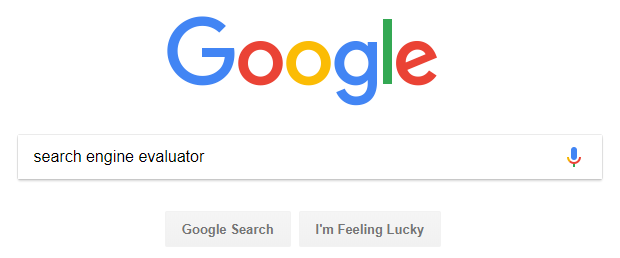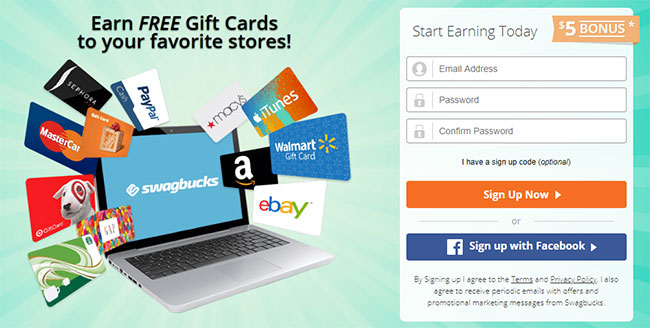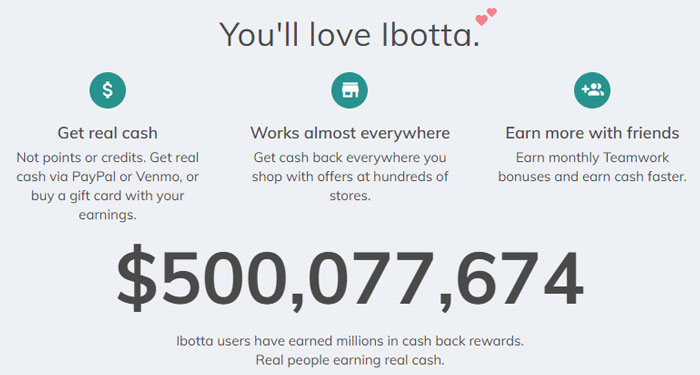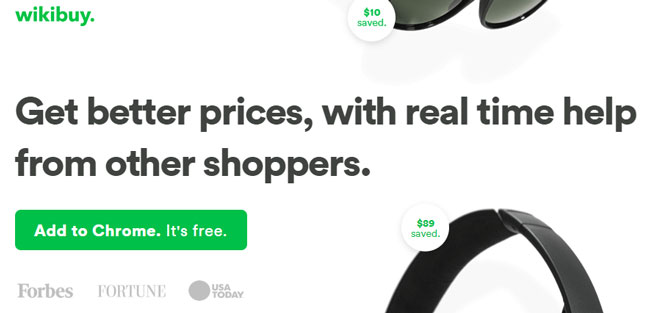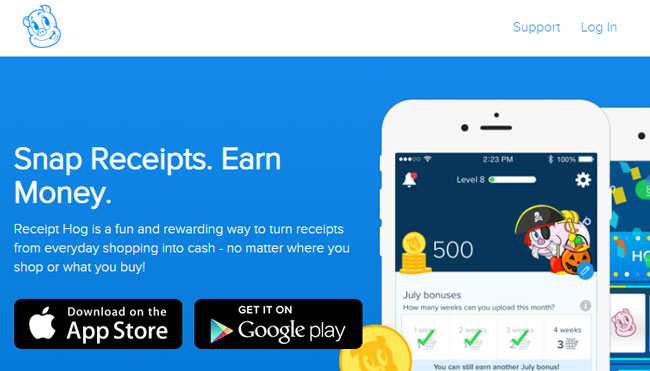If you’ve started a crafting hobby and wondering whether you can make extra cash from it or maybe even turn it into a full-time business, look no further. Today, I’ll detail all you need to know about selling crafts online.
I’ll answer commonly asked questions, discuss what you need to get started, the best places to sell your crafts online, and other tips and advice to increase your chances of success.
Selling Crafts: Most Common Questions
First, let me cover the most common questions that crafters ask when starting out.
What craft should I sell?
If you already have a craft that you enjoy doing and are good at, then great!
But if you’re doing a few crafts and you’re not sure which one to start with, check out what’s popular on Amazon Handmade right now for some ideas to start.
I also recommend reading our breakdown of the Etsy best sellers. You’ll get a good idea of what some of the more popular craft items are and how much they sell for.
After all, you want to be sure you have an audience first.
Where is the best place to sell crafts online?
Etsy is arguably still the biggest and best platform online.
This e-commerce site has been running their ship for years and have the means to help new sellers easily get set up and selling their crafts.
The other bonus is that it’s one of the most well-known places to buy crafts so there’s a steady stream of customers flocking to the site.
I have a detailed guide on how to get started with Etsy if you’re interested.
Etsy isn’t the start and end of selling crafts online, however. There are other ways and stores available online that will help you sell your handmade items. I list the various ways and sites for you later in this article.
Do I need a business license to sell crafts online?
This depends heavily on where you’re located. In general, you do need a business license whether you sell online or from a brick-and-mortar business. So it’s best, in this case, to consult your local laws and/or an accountant.
Some regions won’t require a business license if you sell to customers that are located outside of the country. But many countries or states (if you’re in the US) require that you collect sales tax from the items you sell, which means you will have to register your business.
Some sellers on stores like Etsy change their business names on the platform to be more unique. Nothing wrong with that, but you may need to register a Doing Business As (DBA) even if you’re not required to get a business license.
How do I start an online craft business?
Starting an online craft business can be as simple or complicated as you want to make it. The easiest way is to set up your own store on an already popular e-commerce website. But you can also take the easier (though sometimes more rewarding) route of setting up your own e-commerce website.
Another way to start an online craft business is to simply use social media.
You can start building a community around your crafts business through your chosen channel and sell your products directly to them.
How to Sell Your Crafts Online
1. Find Your Niche.
When you know which craft you’re going to focus on, you’ll want to figure out what your niche is; that is, what exactly you’re going to make.
For instance, if you knit or crochet, would you want to focus on making baby clothes, such as bonnets and mittens? Or would you want to focus on sweaters and shawls for women?
Focusing on a niche makes it easier for you to hone your skills, define your target audience, create a marketing plan, and build your reputation as the go-to crafter for that particular product.
2. Know How To Price Your Products.
An important aspect of selling your crafts online is knowing how to ask for a fair price for your products.
It’s also the aspect that first-time sellers often get wrong.
You don’t want to price your products too low. Customers are suspicious of too-low prices and may think that your products are low-quality or you used subpar materials.
Plus, it’s difficult to offer discounts if your prices are too low to begin with.
More importantly, pricing your crafts too low undervalues the time, materials, knowledge, and skill that you put into your craft.
Obviously, you don’t want to price your crafts too high either; when presented with the same product, comparable quality, but different prices, customers will go lower. It’s that simple.
You need to hit that sweet spot where your products get sold and you earn a profit from it.
Always factor in everything, as in everything that goes into making your product: the cost of raw materials, packaging, shipping, seller’s fees, maintaining your online presence; the complexity of the design and expertise involved; the time it takes to make the product.
Once you have a baseline for your costs, add around 50% to 75% to it. Do your research on Etsy and other similar websites as well so you can find out the usual price range for your product and tweak your own pricing accordingly.
3. Establish Your Branding.
Building a strong brand identity from the start will help you connect to your target audience and will help you effectively sell your crafts online.
Having a strong brand involves a catchy brand name and an eye-catching logo, but it’s so much more than that.
It’s understanding who you are, what your story is, what makes your crafts unique, and then applying those core values in everything you do: your shop name and logo, product photos, product description, social media posts, blog posts, even your packaging.
Being consistent helps your customers remember your brand and builds customer loyalty.
4. Choose An E-Commerce Platform
First-time crafts sellers love e-commerce stores because setup is easy, there are little to no start-up costs, and there are plenty of prospective buyers already browsing these sites.
Here are the top e-commerce stores where you can start selling your crafts online right now:
Etsy
Etsy is the number one choice from beginners to experienced crafts sellers, and for good reason.
They already have a solid reputation as the go-to website for everything handmade, custom-made, one-of-a-kind, and vintage items.
Getting started is easy and the customer base is built-in, but there’s also a wide seller base, which means plenty of competition. Plus, there are transaction fees, listing fees, and fees to upgrade to Etsy Plus to allow more personalization on your shop page.
Amazon Handmade
Amazon is one of the largest brands in the world and attracts millions of visitors each month.
They’ve set up a special category for selling handmade items and it’s free to list however many items you want. However, your application has to be approved first and Amazon takes 12% of every sale.
You’ll also have to pay $39.99 per month to retain your membership.
ArtFire
This site focuses on hand-made items and craft supplies.
They also offer buyers the option to post “wanted” items if they want to have something specific made. ArtFire has a few pricing plan options.
There’s generally a per-item listing fee with a limit to how many items you can list, a monthly subscription fee, and they take a percentage of the final cut.
Folksy
Unlike the other stores on this list, Folksy caters specifically to crafters from the UK.
It’s a great opportunity for British crafters to get their handmade items out there with a bit less competition from the rest of the world.
Folksy has a Basic subscription that charges a listing fee per item and takes 6% of sales. The Plus subscription that doesn’t charge per listing but charges £5 monthly and also takes the 6% cut.
Handmade Artists’ Shop
As the name implies, this is a home for artists who produce handmade items.
Items have to be handmade or altered significantly from existing products and family-friendly. They charge a flat monthly fee of $5 (or $50 annually); no listing fees or transaction fees.
Since this site doesn’t have as many sellers as Etsy, there’s less competition and thus less effort to show your goods to potential buyers.
However, the website design isn’t as polished as Etsy’s, which can possibly be a turn-off for some buyers.
Facebook Marketplace
Selling crafts locally has never been easier, thanks to Facebook Marketplace.
At first glance, the goods look random, but there is an Arts and Crafts category to place your products under.
Because you’re selling locally, you might be able to do away with shipping costs, or at least get it cheaper. In addition, because Facebook Marketplace is linked to your customer’s Facebook accounts, you get additional customer insights and target them for social media promotions.
However, if your aim is to go national or even global, you should be selling on more e-commerce sites than just Facebook Marketplace.
Zibbet
Zibbet is unique in that not only does it have its own marketplace but you can also integrate it with other ecommerce platforms, particularly Etsy and Facebook, and manage your listings, inventory, and orders for all three marketplaces in one place.
They charge a monthly fee of $5 per sales channel. No listing fees, no percentage. If you only sell on Zibbet Marketplace, then you only get charged $5. However, if you sell on Etsy, you still get charged the Etsy fees on top of the monthly fee of $5 to Zibbet.
5. Create Your Own Website and Open Your Own Online Craft Store
Working with popular e-commerce stores is an easy way to get started with selling your crafts online.
But having to abide by their rules and paying them a monthly fee can be chafing.
At some point, you will need to move off of the major platforms and transition into your own online store.
Creating your own web-based business isn’t as hard as you might think, though.
There are plenty of tools, advice, and tutorials out there that will help you set up your online crafts store even if you’re a complete rookie who hasn’t heard of the term HTML before. Shopify is one great option here, and there’s also IndieMade.
Google for Retail can be a great help in this regard too.
They provide you with the tools that are necessary to help get your business off the ground and keep track of how it grows. Many people who want to sell their crafts online look to Google tools like Adsense, Google Analytics, Google Shopping, and Google Checkout to help them with running the more technical aspects of an online business.
One essential cog in the machine of a successful e-commerce store is a great blog.
Blogging has many benefits, but two of the main ones are helping your customers (which helps you and your reputation) and getting your page ranked higher in search results pages.
6. Run a Successful Facebook Page
It’s entirely possible to run a crafts business entirely from a Facebook page.
A website will add legitimacy to your business, but it isn’t necessary if you build up trust with your page followers. This method is especially forgiving for those who sell as a local business, as people are more likely to trust that they’ll get what they order from you.
Like Google, Facebook has a lot of tools that business owners can use to reach their audience and analyze their growth through their Facebook for Business Program.
Opening up a business page on Facebook also grants you access to the various features they provide, like live-chat, reviews, the ad center, publishing tools, and ways for customers to get to know you.
One of the best things about creating a crafts business page on Facebook is that it’s completely free to set up and you have a platform that billions of people already use.
Plus their advertising system lets you reach people in their whole audience network, including Instagram and various Google Play apps.
7. Utilize the Power of YouTube
This might not seem like a legitimate way to start selling crafts online but YouTube has many faces and crafts is definitely one of them.
All types of crafters have uploaded thousands of hours of videos around crafting and their crafting businesses. The key here is to make entertaining videos, strategically reference your craft business, and tell your viewers all the ways they can buy your products.
You’ll still need an online storefront where they’ll be able to order the crafts you create.
But the advantage here is that you don’t necessarily have to rely as much on getting traffic to your website from other means. Freeing you up to focus on creating the best and most unique videos and crafts you can.
Of course, utilizing both YouTube and Facebook in addition to an optimized web page is a surefire way to set yourself up for success. The more avenues you can use to reach potential customers and get your amazing crafts out there, the better.
Tips to Successfully Selling Crafts Online
Let’s face it: it’s pretty intimidating to start selling your crafts. But you’re not the first one to do it, and we have the benefit of wisdom from those who have come before you.
Here are some tips and advice we can learn from more experienced crafts sellers.
Don’t overlook the small details.
You may be too in deep with your online crafts business that you forget to restock your raw materials, order more custom packaging, or get shipping supplies.
Monitor your supplies and schedule your supply runs regularly. I know this sounds more work on top of making the crafts and maintaining your online shops, but trust me, you’ll wish you’d have done it when you’re frantically rummaging in drawers for packing tape or looking where to buy yarn at 3 in the morning.
Learn how to do product photography.
Product photos are the first and only impression potential buyers would have of your products. They can’t touch, feel, or smell the products, so they’ll rely on the photos to see all the details and estimate their sizes.
You can actually put together a mini-studio for cheap; you can even create a photo lightbox out of nothing more than bond paper and tape.
It’s the actual training and practice that you’ll have to invest in, especially learning a particular style and aesthetic that fits your brand identity.
You want a consistent look and feel for all your product photos, even if you’re showcasing different products.
Trust in yourself and your work, but be open to feedback and change.
It takes a lot of time, dedication, and patience to sell crafts, and if you second-guess your talent and skills, as well as how great your product is, you’ll probably just give up.
Put your passion into making crafts that you love and know that other people will love, too.
On the other hand, if you’ve been at it for months and even years and you’re still not going anywhere, you may have to change something.
Listen to your buyers when they tell you what they liked and what they didn’t like and use that to improve your products or maybe even focus on other products instead.
Start Selling Your Crafts Online Today!
There’s a lot of information here, which might seem overwhelming. But the great thing is that you aren’t limited to just one choice.
If you decide to sell on Etsy and other stores in addition to running your own e-commerce website then you’re fully free to do so. In the end, making the most out of each platform that is available to you is what will spell success for your crafts business.
The other great part about this is that you aren’t reinventing the wheel. Plenty of other sellers have had success with their own sites and online stores like Etsy, and you can learn from them.
Are you currently into arts and crafts? Are you considering selling your creations? Share your plans with us in the comments!






